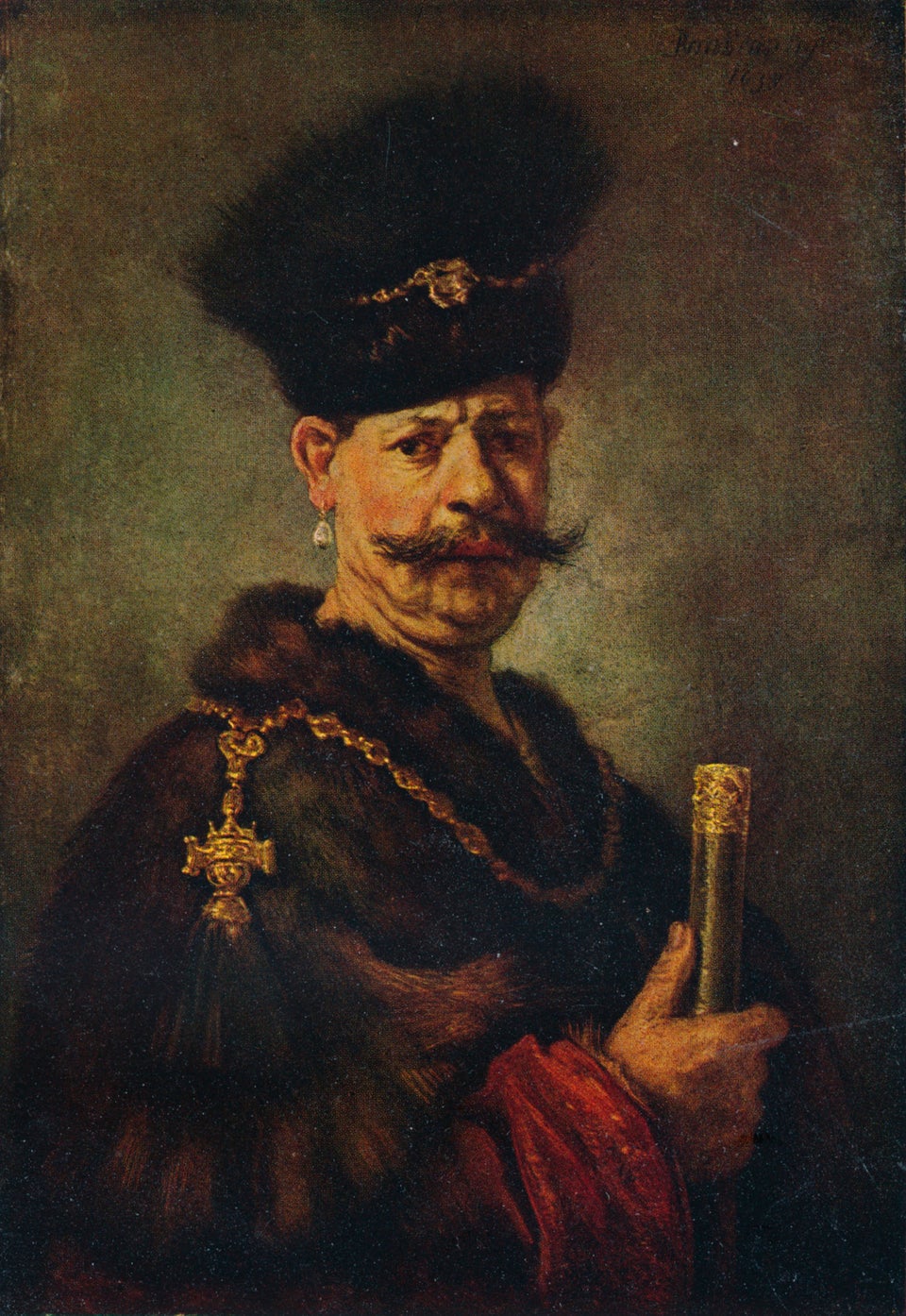
As any art history fanatic knows, there exists not one, but four copies of Edvard Munch’s well-known masterpiece, “The Scream,” on this planet Earth.
One of them ― a pastel version ― sold for a mind-boggling $119 million to an American billionaire back in 2012. The other three, painted between 1893 and 1910, live in Oslo, Norway. The specimen highlighted above, housed at Oslo’s National Museum, is the earliest version. But a far more interesting legend sets it apart from its cousins: It was for a long time rumored to be speckled with small flecks of bird poop.
Bird droppings ― the bane of outdoor art ― are not generally a threat to fine art that hangs inside. But for years, people have speculated that the white splotches located on the screaming figure are the work of a defecating winged animal.
“Why, for god’s sake, why?” you might ask.
Because Munch reportedly liked to paint outdoors, as evidenced by photographs of the Norwegian artist at work during his lifetime. Proponents of the bird s**t theory point to little else, while many experts have continued to decry the unconventional explanation. Thierry Ford, paintings conservator at the National Museum, had this to say in opposition of the theory: “Bird excrements are known to have a corroding or macerating effect on many materials, a statement that most car owners can confirm.”
Another dissenter is a very level-headed professor by the name of Tine Frøysaker. She and a team of researchers at the University of Antwerp decided to analyze “The Scream” once and for all, using a Macro-X-ray fluorescence scanner to hone in on the curious white marks. The non-invasive scan, initiated in May of 2016, ruled out bird poop ― along with white paint and chalk, former suspected culprits, as no white pigments or calcium were detected in their samples.
“Undaunted by this negative result, the interdisciplinary team decided to take the research to the next level by extracting a micro sample from the white stains,” a paper hilariously titled “Solving a Cold Case: the Bird Droppings Mystery” reads. “PhD student Frederik Vanmeert [sic] who analysed the sample at the micro scale using X-ray diffraction had a surprise in store. ‘I immediately recognised the diffraction pattern of wax as I encountered this material several times upon measuring paintings.”
The moral of the story: The spots are not bird poop; they are, instead, most likely the result of molten wax splatters that accidentally dripped from a candle in Munch’s studio.
Mystery solved. Case closed. But not before Dr. Geert Van der Snickt, cultural heritage scientist at the University of Antwerp, went the extra mile to provide a reference sample.
“Initially, I planned to go sightseeing on my last day in Oslo,” Van der Snickt is quoted as saying. “It turned out that I spent most of my time looking down, searching for bird droppings on the ground that could serve as reference material [for the study]. After some time, I found a perfect specimen right in front of the opera building. I must admit I was a little embarrassed collecting this sample material in front of groups of tourists. For a second sample, I decided to look for a more quiet place, around the castle.”

